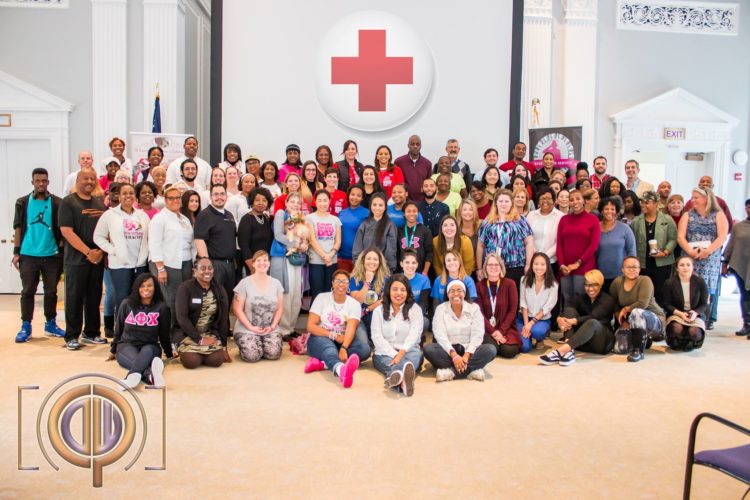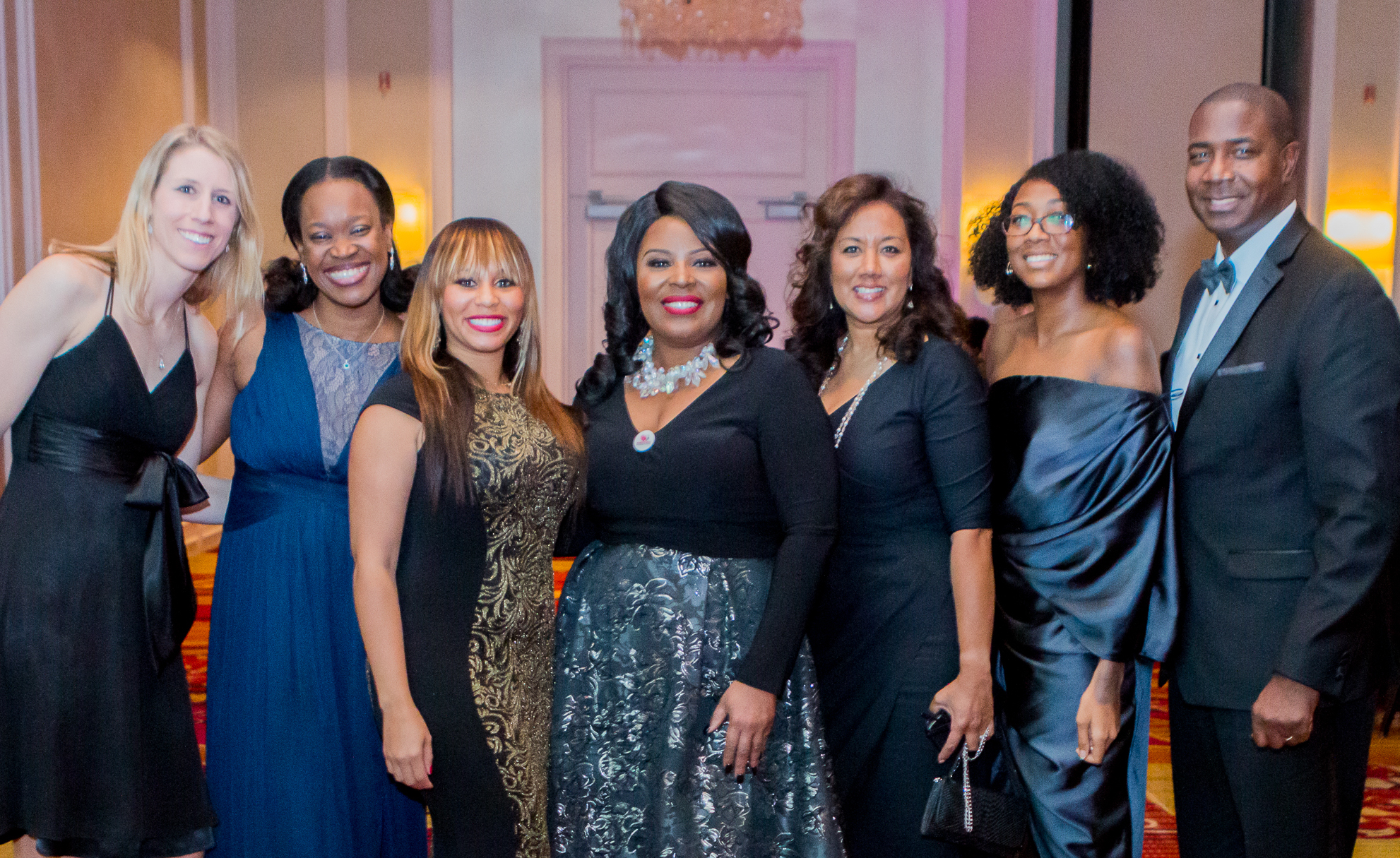
Created to address the unique, and often unrecognized, challenges facing our nation’s 1.8 million woman veterans as they return to civilian life, Women Veterans Interactive (WVI) has members spanning 12 states who provide outreach and support services to more than 1,000 women veterans. Committed to combatting homelessness, WVI promotes advocacy, empowerment, interaction, outreach and unification, or “AEIOU,” to meet women veterans at their point of need.
Hiring America talked to President and CEO Ginger Miller to learn more about the organization’s inspiration, inception and latest initiatives.
Hiring America: Hi, Ginger! Thanks for spending time with us today. Could you start by introducing yourself and describing your experience in the military?
Ginger Miller: My name is Ginger Miller. I am the President and CEO of the national nonprofit organization Women Veterans Interactive. I went into the Navy specifically to get the GI Bill, and I had big dreams of being an accountant at Wall Street. I was stationed in Annapolis, Maryland and Campbellsville, North Carolina.

I had planned on staying in the Navy for 20 years or longer. My husband got out of the Marine Corps, but I was going to do 25 years. But during my time in North Carolina, I ended up cracking a couple of ribs. So my dreams and aspirations of staying in the military came to a screeching halt around four years in. And that was the time that I got a medical discharge.
HA: What happened next? Was your transition into civilian life smooth?
GM: I didn’t know what I would do at that point. My husband was suffering from post-traumatic stress disorder, and I was pregnant at the time, so we ended up going back to New York to live with my family. When my husband’s post-traumatic stress disorder kicked into high gear, my family didn’t understand what I was going through. They basically told me, for lack of better words, “you have to take your crazy husband and find someplace to go.” But where? I didn’t have any type of skills, and my son was two years old.
So I started going to school. And as I was pursuing that, my life came to another screeching halt: like a lot of veterans today, we ended up being homeless. And that’s not something that should happen to anybody who goes into the military. But when you’re transitioning out, if you don’t really know where to look for services, you have no services at all. If I had to describe my transition in one word, it would probably be “horrific.”
HA: So what was the turning point that inspired WVI?
GM: The only thing I could do was reach into myself with every fiber of my being and say, “Ginger Miller, you’ve got to do something. You’ve got to survive because if the ship goes all the way down, your husband’s going and your son’s going.” I just had to really dig deep and fight my way out of homelessness; I worked three jobs and went to school full-time.

And I said, “You know what? What’s out there for women veterans?” Although there were many veteran programs, there wasn’t a lot specifically for women veterans. And at this point, I became a Commissioner on the Maryland Commission for Women. I planned a celebration for women veterans during Women’s History Month, and over 250 women registered for the event. So that started to show the need. But it wasn’t until I was in a room full of women veterans that we all started talking.
HA: What specifically came up in conversation?
GM: We all had the same needs, but nobody was addressing our needs. Nobody was taking a deeper dive into what women veterans were going through. So Women Veterans Interactive was born. It became that place for women veterans to gather, to reach their hands up and say, “I need help.” Sometimes veterans are afraid to reach out for help if we can’t identify with an organization. And that’s why WVI meets women veterans’ specific needs. The more I do this work, the more I realize that this organization is where women veterans can feel at home.
I tell folks all the time, if you’re homeless, we’ll feed you. If you’re looking for a job, we can put you in the women veterans transition space. If you need a friend, we can offer you peer-to-peer support. And if you’re looking for a way to give back, we can help you with that as well. So we’re a full-service nonprofit organization for women veterans.
HA: Tell us about the WVI’s National Women Veterans Leadership and Diversity Conference.
GM: It started out really small in 2012. And it started from a women veterans brunch cruise that we did. At this particular point in time, we weren’t offering anything. We were more like a hub and a gathering spot for women. But that event happened two times in 2012. And then it happened again in 2013. And then I said, “You know, we really need more time. Next year I’m going to have a two-day conference, and then we’ll end it with the boat cruise.” And that’s when the magic really happened. In 2019, we had almost 350 women veterans attend this conference. They come from all over the country.
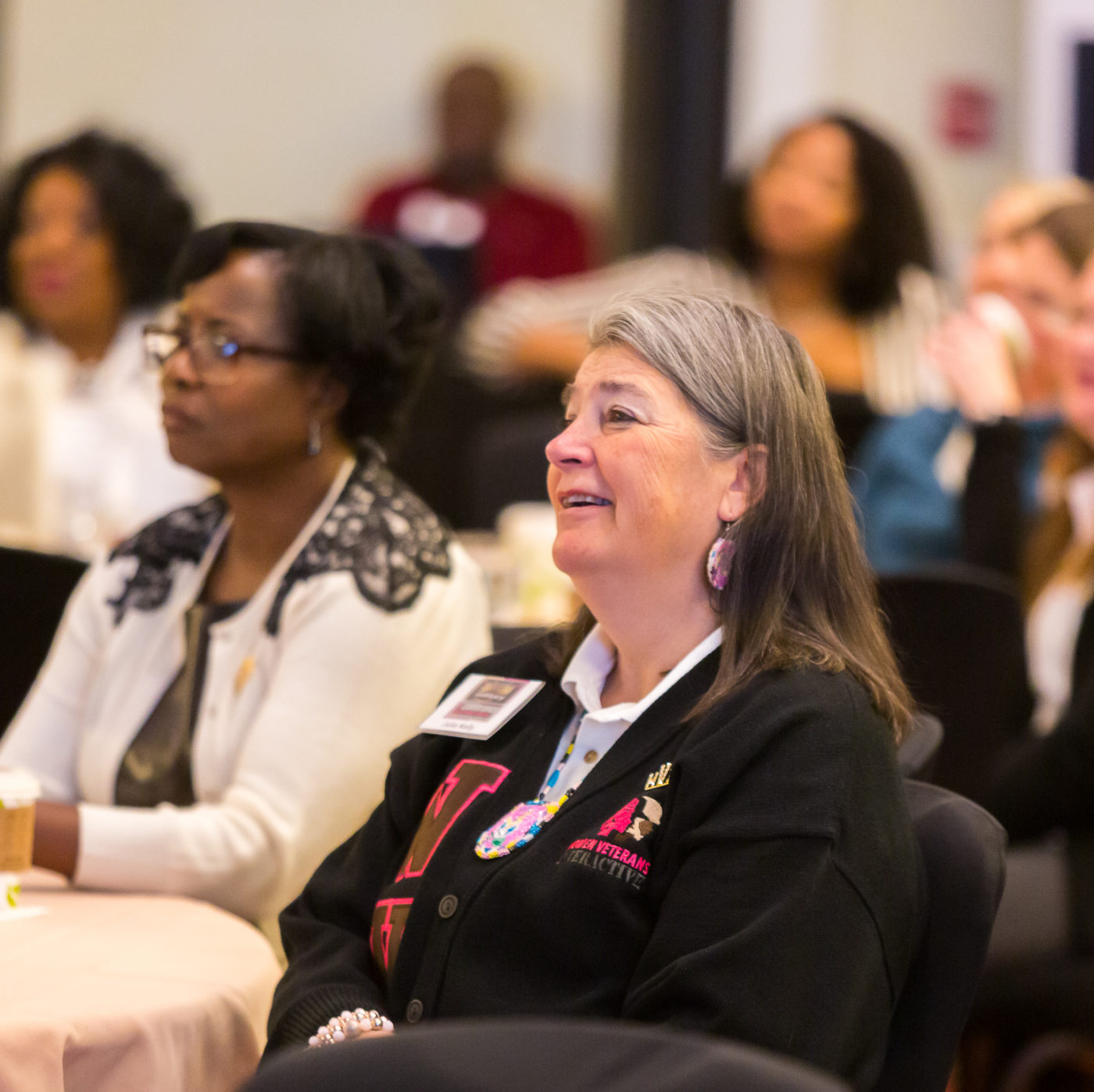
The conference is a tribute to the women who have served and sacrificed for this country, but it’s also a learning experience. In fact, the VA says it’s one of their favorite conferences. They probably tell everybody that, but nonetheless, I’m just really proud of that conference not because it’s successful, but because it’s been a heavy lift. It took eight years, but we have something great, something that’s not being done any place else in the country. And I honestly believe that it can’t be duplicated. And I think that’s what makes it extra special.
HA: What can attendees expect at the conference?
GM: The conference has a lot of components to it, one being the Women Veterans Corporate Roundtable that USAA sponsors. I created it as a space for corporations to come and learn about women veterans. It’s a huge brainstorming session where we talk about the needs that women veterans have and solutions we hope to implement. This year we’re going to have the biggest participation yet, and we’re grateful to USAA for the opportunity.
In addition to that, we have a claims clinic that the US Department of Veterans Affairs does. All veterans, male and female, can come get their claims done with or without a conference ticket. And we have some amazing breakout sessions. There’s one in particular that I like called “I’m a material girl living in a LinkedIn world.” It teaches women veterans how to navigate LinkedIn and the importance of networking. And we have a lot of different empowerment sessions to make sure that women veterans know they’re not alone, that someone else has already been through it.
We also have fireside chats. We have corporate CEOs and executives to talk about their transition out of the military and why they’re giving back to the woman veteran community. And there’s another panel that I’m super excited about called “Empowered Women, Empower Women.” This panel is not made up of women veterans, but it’s made up of women who support women veterans through WVI. And I think it’s important because a lot of people want to know how to get involved. This panel will set the example of what people can do to support women veterans through corporations, through donations, and through volunteerism.
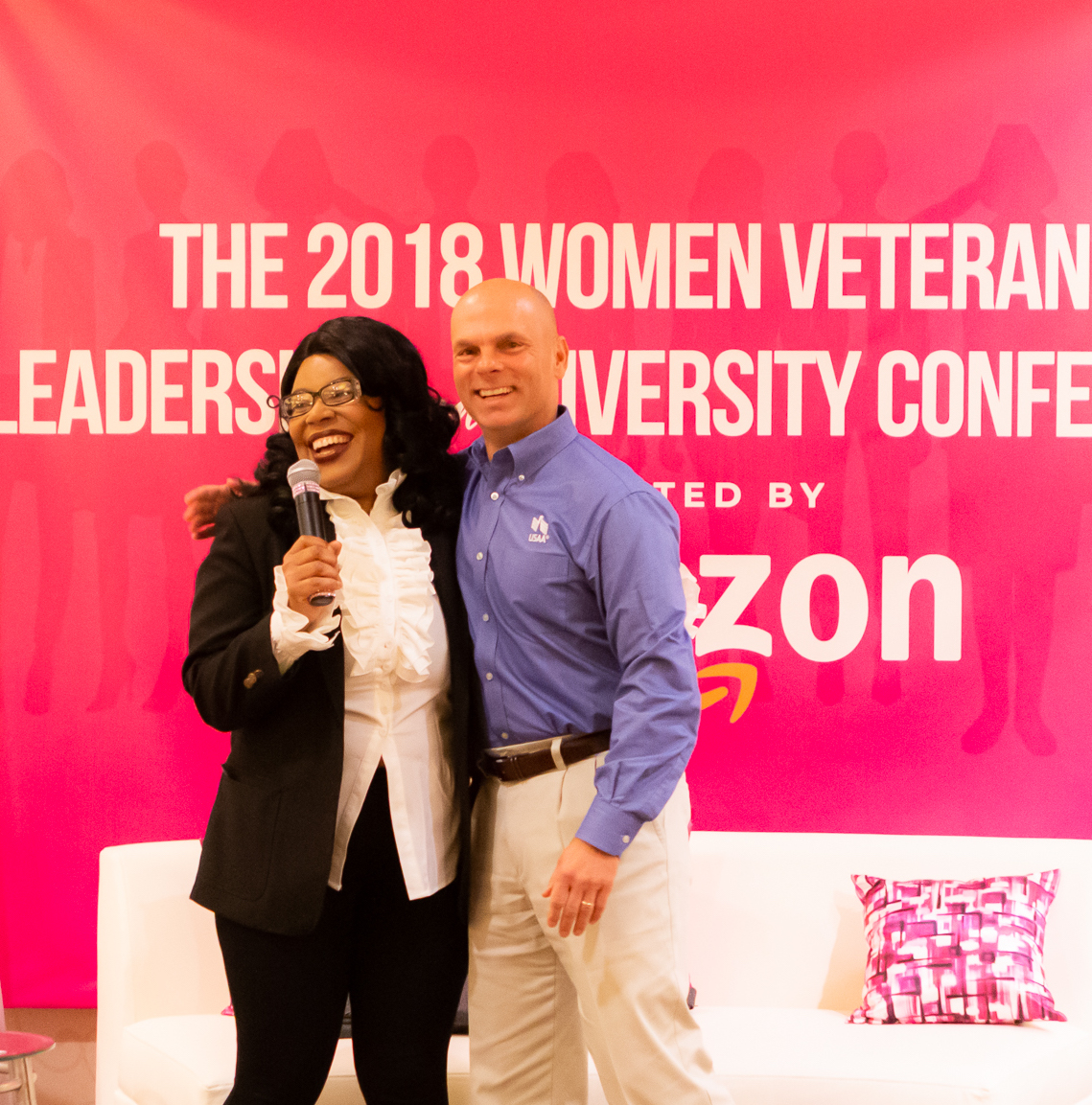
Every year the conference is different, but it’s the same. And it’s the same because the mission of Women Veterans Interactive never changes. At the end of the conference, we have the gala. And then the last day is the cruise. And if you can picture 350 women veterans sailing down the Potomac, celebrating our service and sacrifice to the country, there’s nothing else like it in the world. If I wasn’t the President and CEO, I would still get a ticket every year.
HA: Why do you think Women Veterans Interactive is so successful?
GM: It’s so hard to get other people to understand how women veterans feel, but we know how we feel. And I think that’s where a lot of people miss it with women veterans. It’s not just one thing. You have to peel back the onions when it comes to women veterans. But the first thing you have to do is reach them. Sometimes, it may not be going out to where they are but bringing them into where you are.
We can measure success in so many different ways. One of the ways I measure success is impact. What are the women saying? How many women veterans did we get off the street? How many evictions did we stop? I can sit up here and talk all day and do graphics and do numbers. But until I hear from the women veterans, that makes a difference. Without those stories, there is no WVI.
HA: Can you tell us about Operation Safety Net? How has COVID-19 impacted this program?
GM: Operation Safety Net is our homeless women veteran preventive program. We want to be proactive with that program; although we can’t catch all women veterans before they hit the street, we are here to prevent homelessness as much as possible. We offer to pay security deposits and stop evictions and utility shut off. We also provide emergency money for food and gas gift cards. It’s really our most heartfelt program because it was our first program. It’s the program that, as the President and CEO, I can directly relate to.
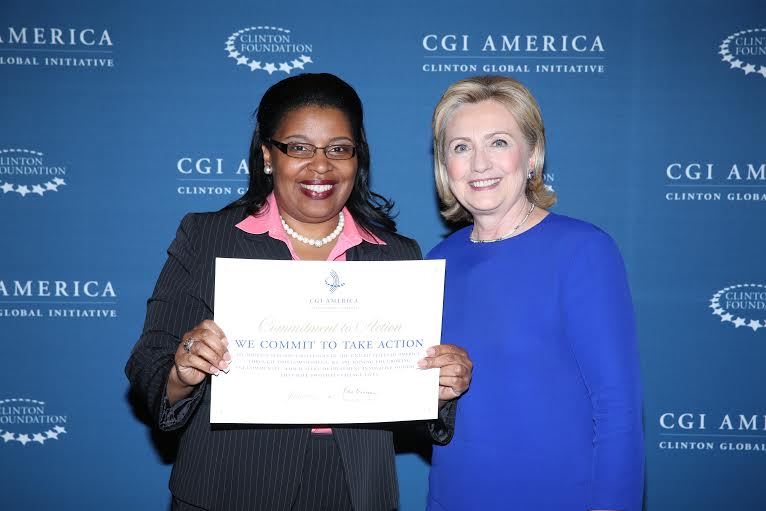
COVID-19 has not slowed down Women Veterans Interactive. It’s almost like a blessing in disguise because although the country has slowed down, WVI has taken off by leaps and bounds. It’s almost like we were prepared for this. We were in the right spot at the right time. All of our programs were in place. So we didn’t have to recreate anything during COVID-19; we made the pivot successfully.
HA: Any words of advice for women veterans who are seeking community, help, and resources?
GM: If you’re a woman veteran, first and foremost, WVI is here for you. And I don’t care what you’re going through or what you’ve been through. You’re not alone. I think a lot of times, as women veterans, we tend to isolate ourselves. I know when I was homeless, I felt like I was the only person in the world who was homeless. And I was ashamed. I had all of these feelings that I wanted to lock up in the inside. So if you’re going through anything, don’t be afraid to reach out for help. Reaching out for help is actually a sign of strength. Never give up hope with what you’re going through.
For more info on Women Veterans Interactive, visit their website.
